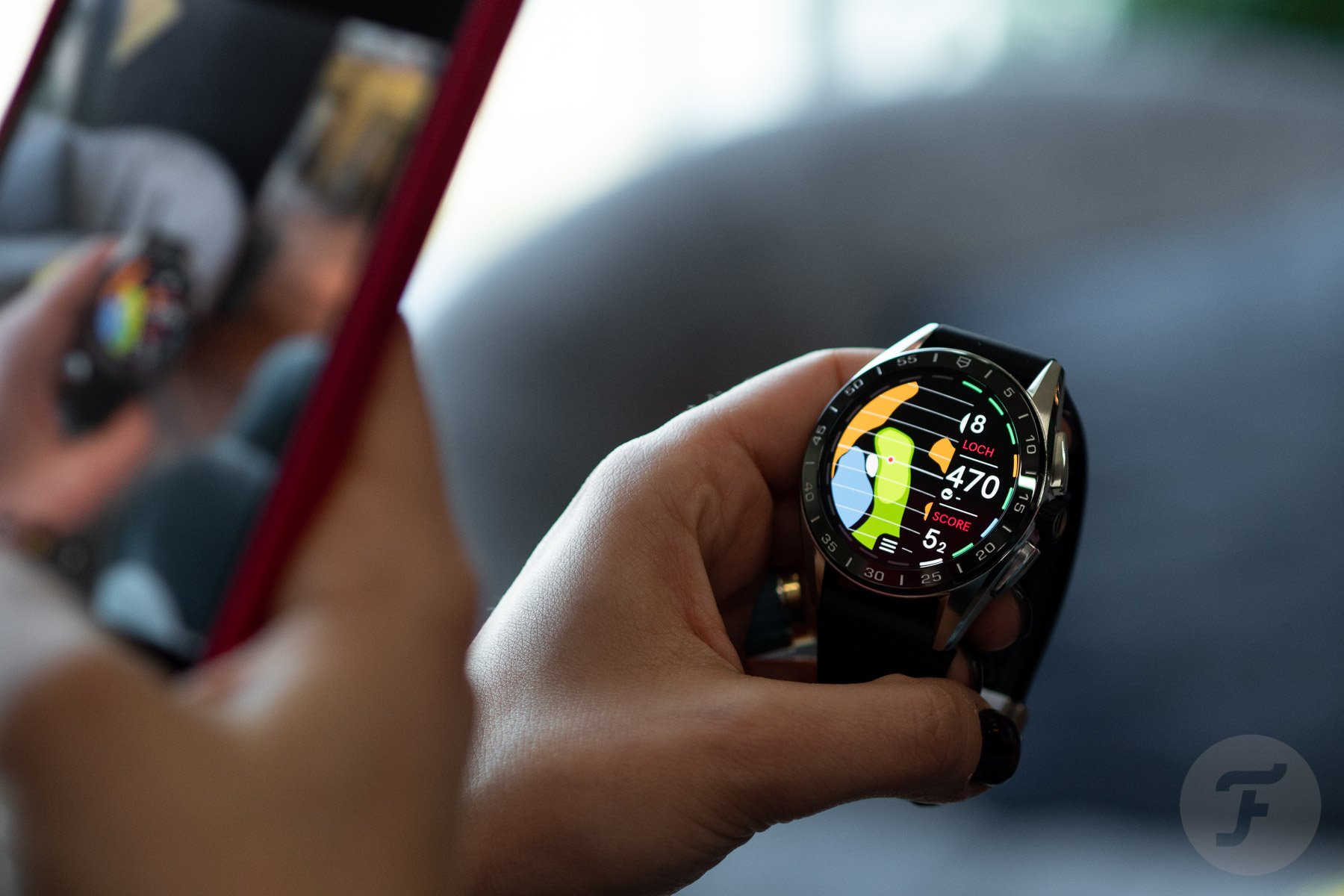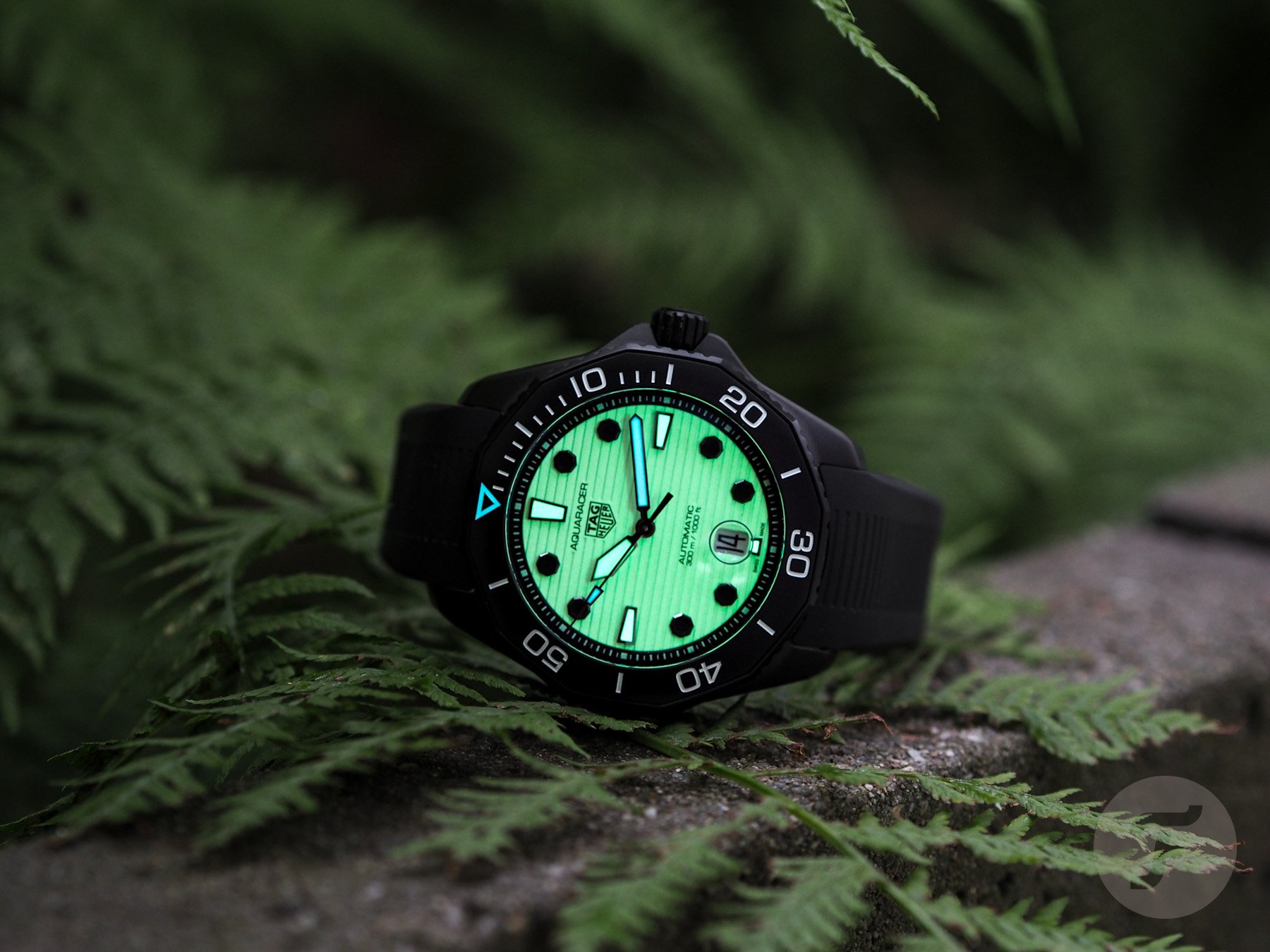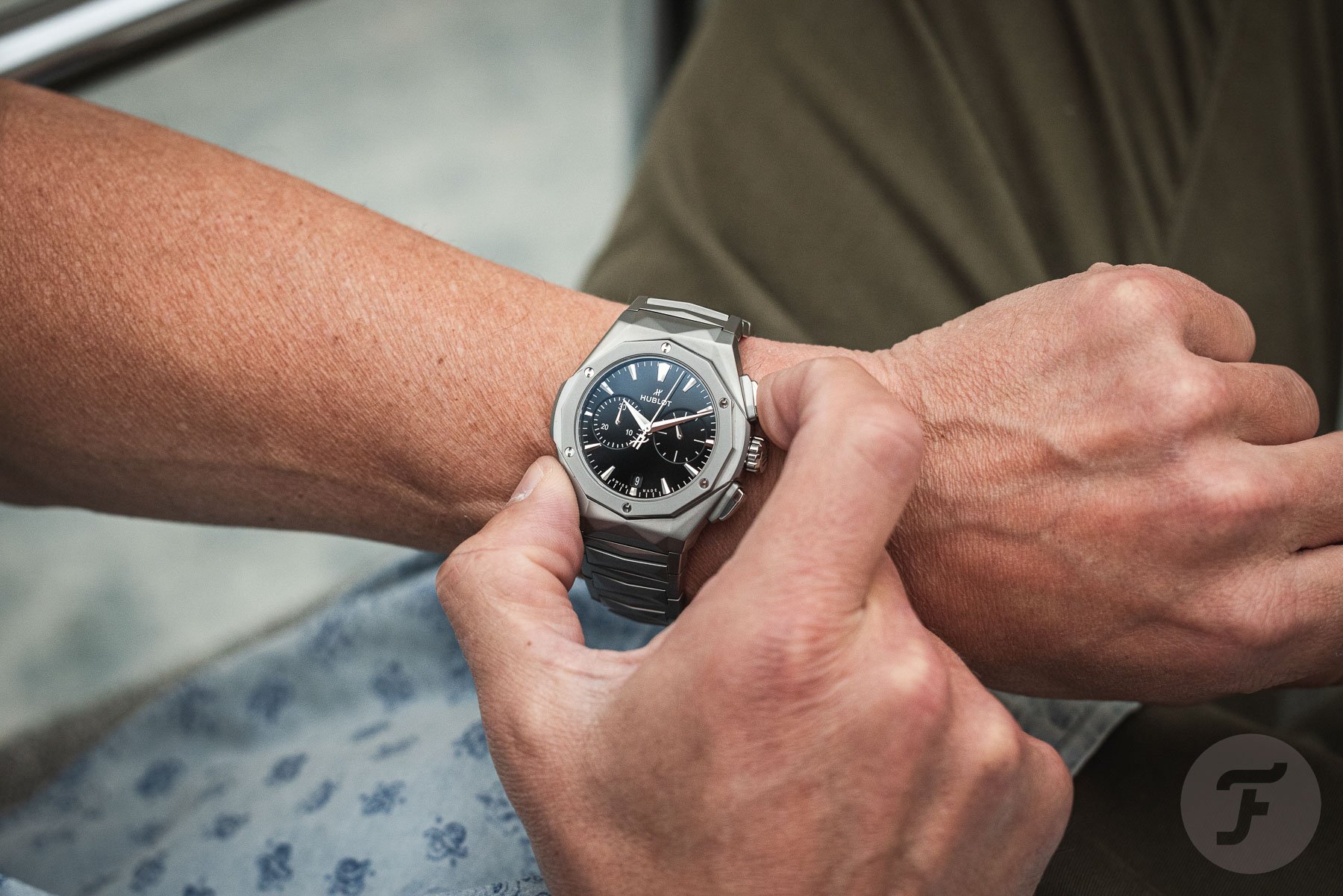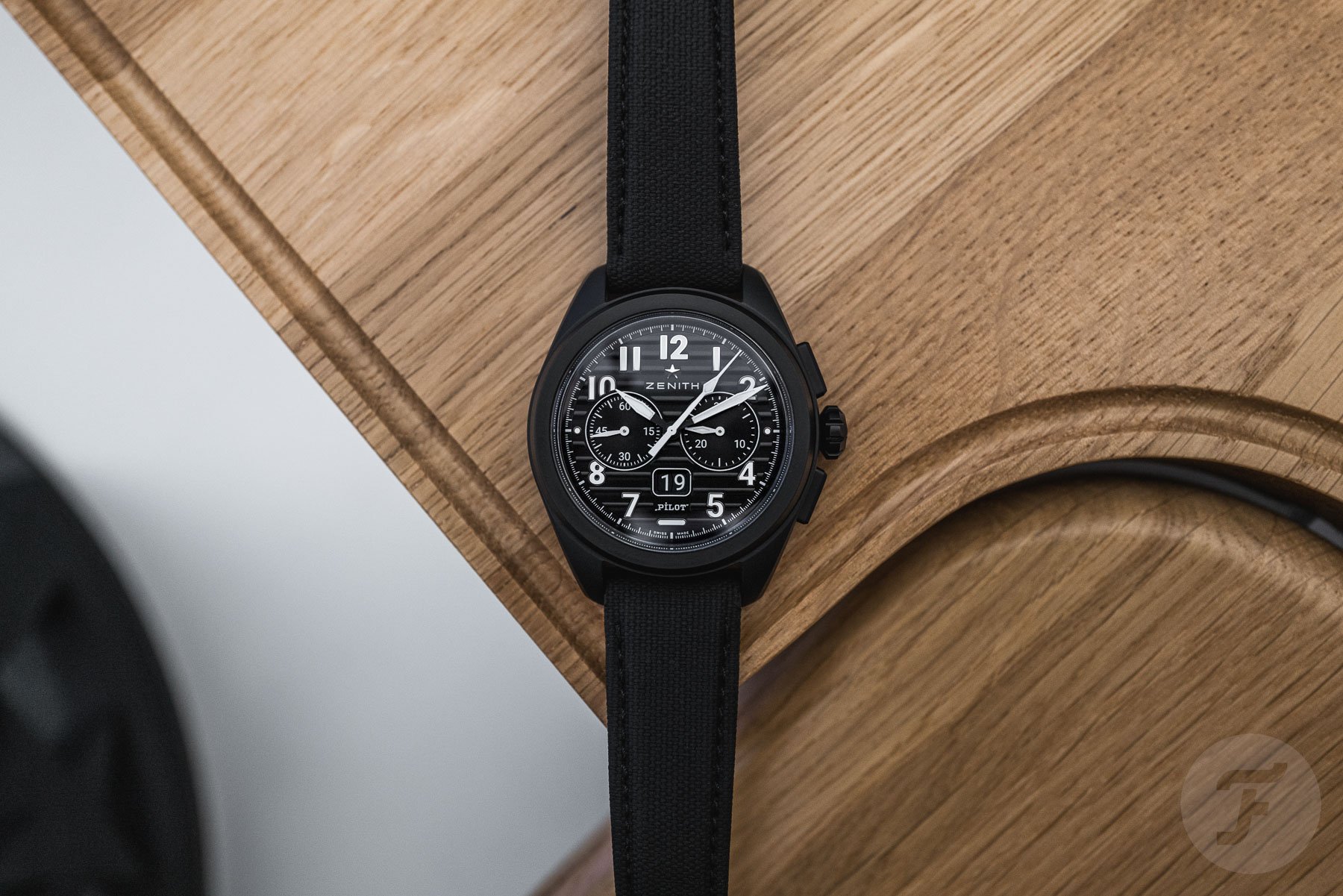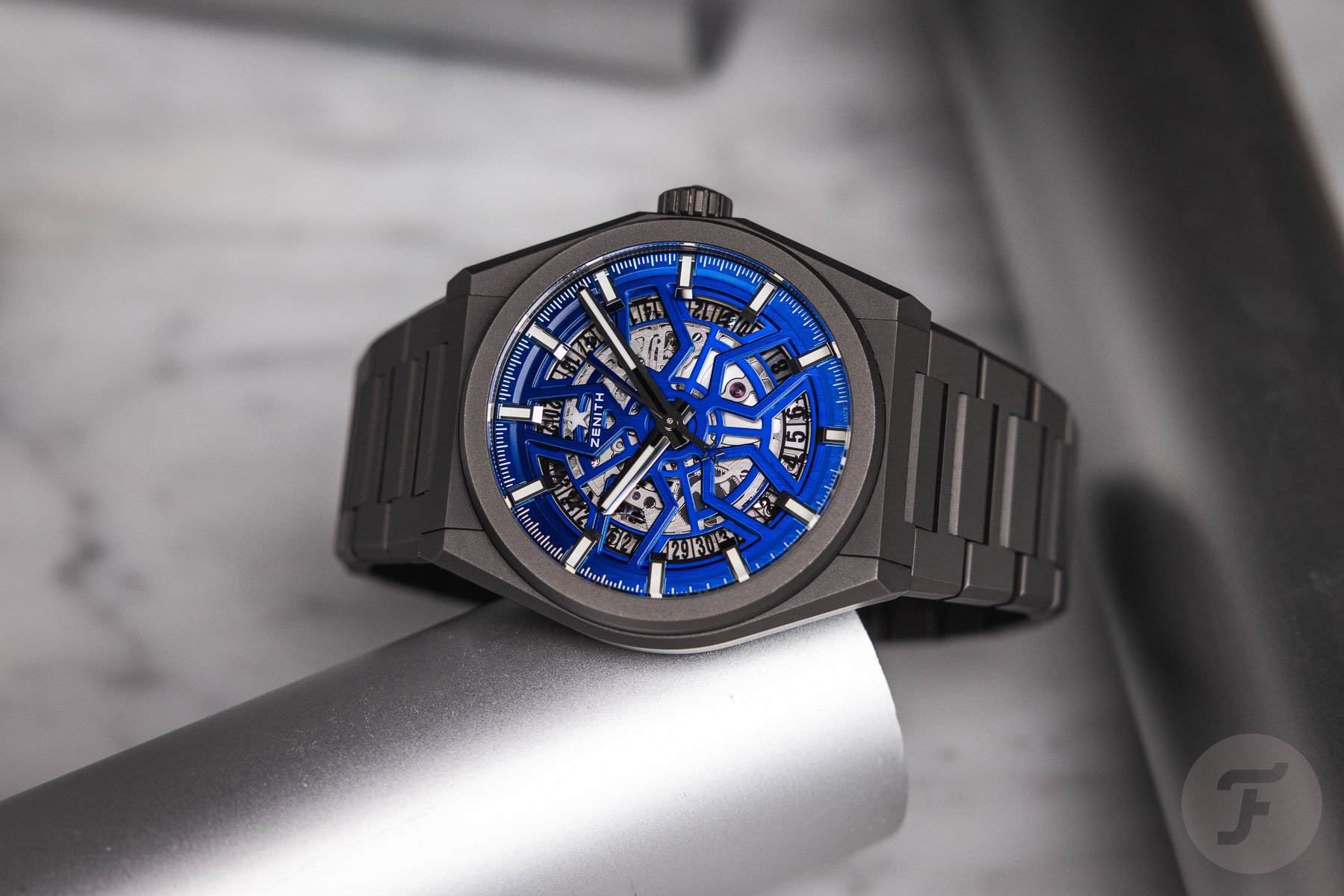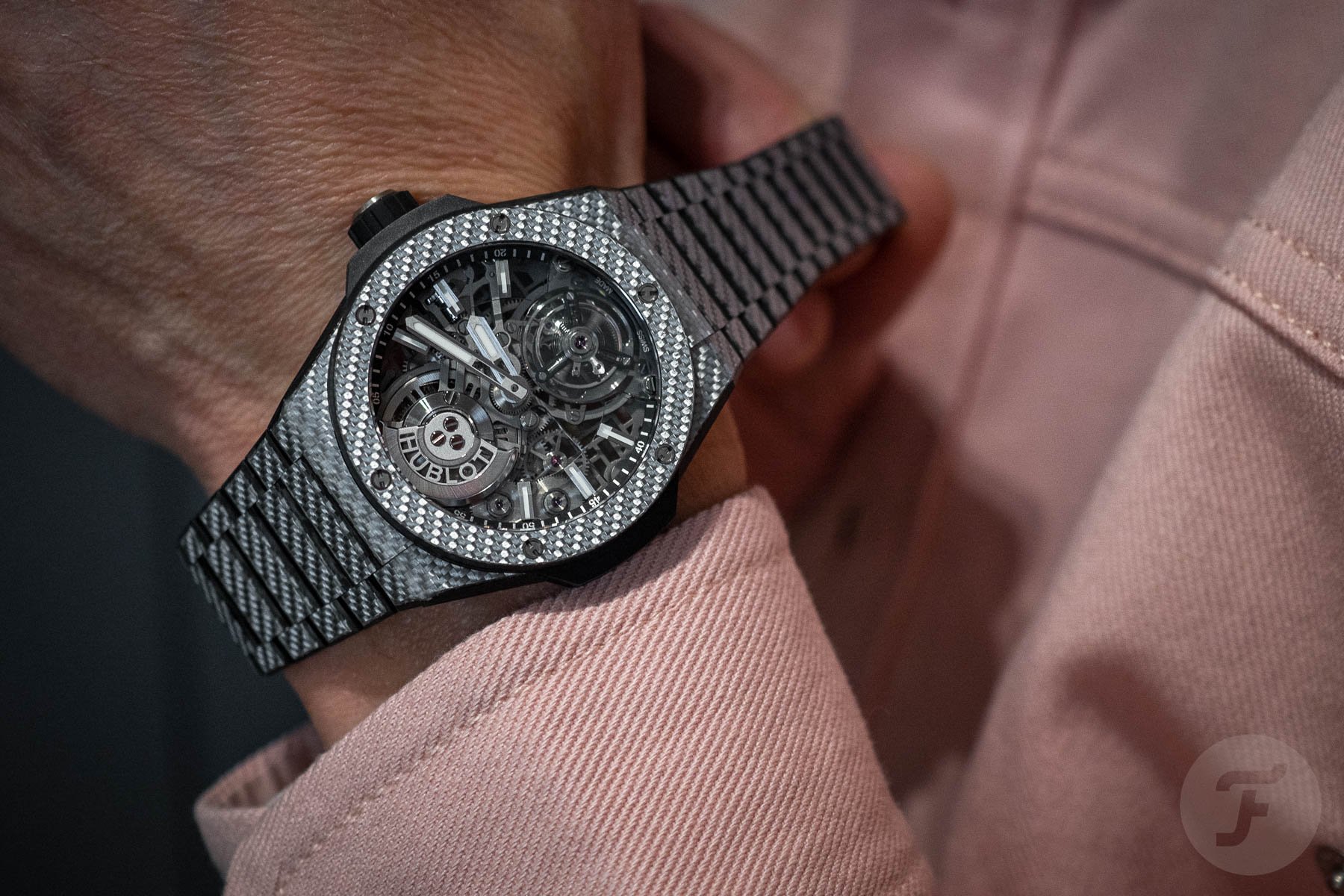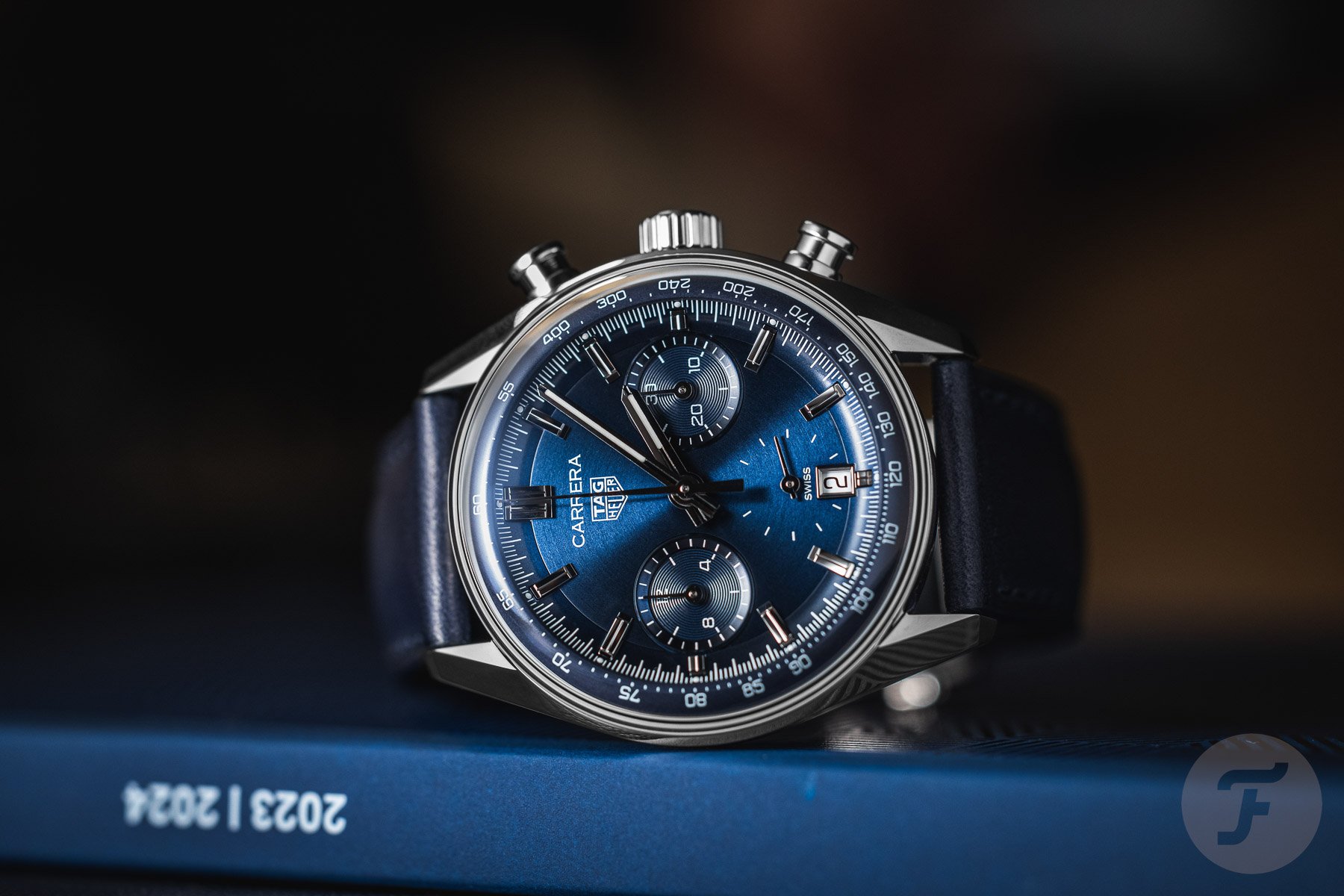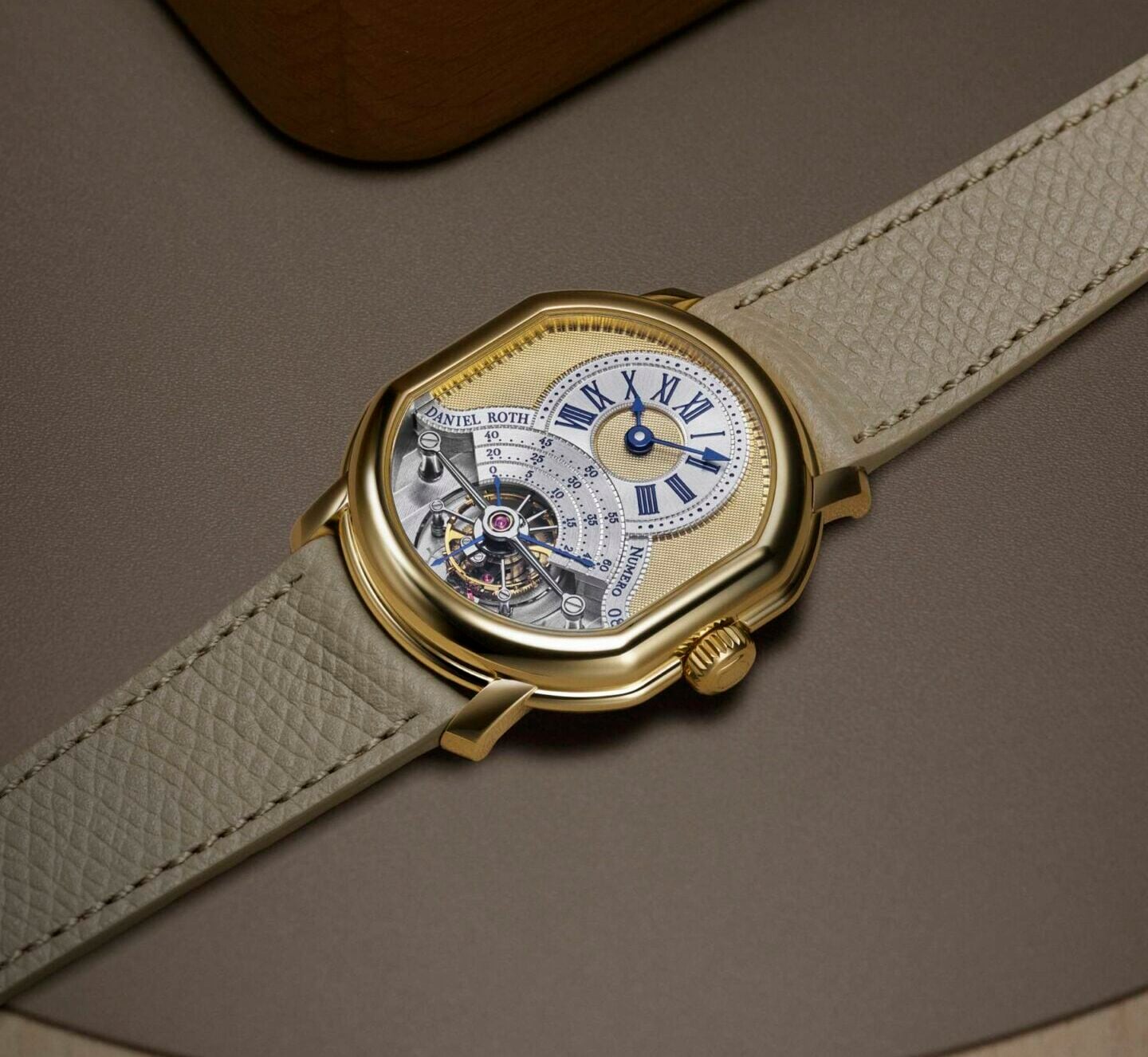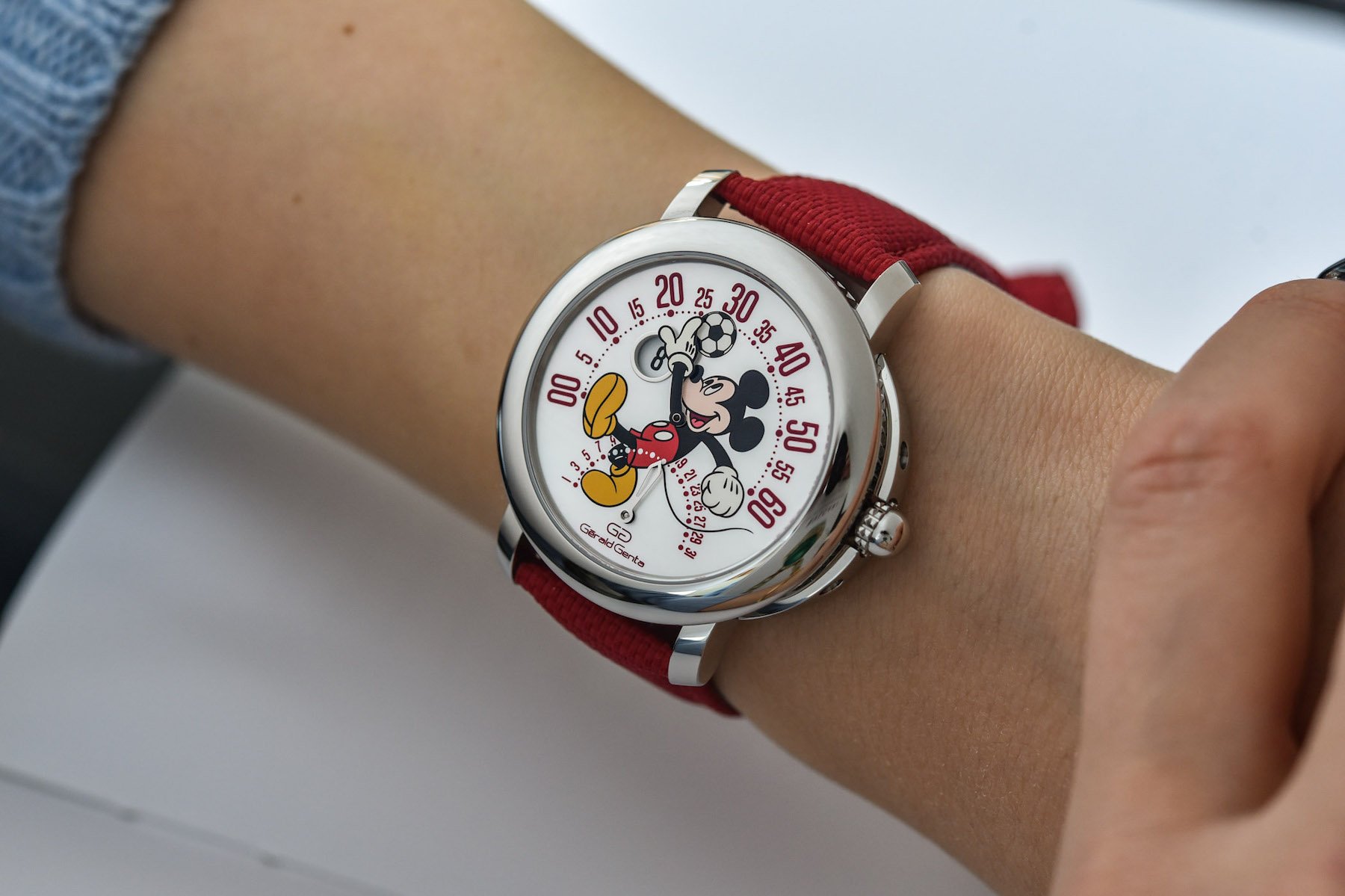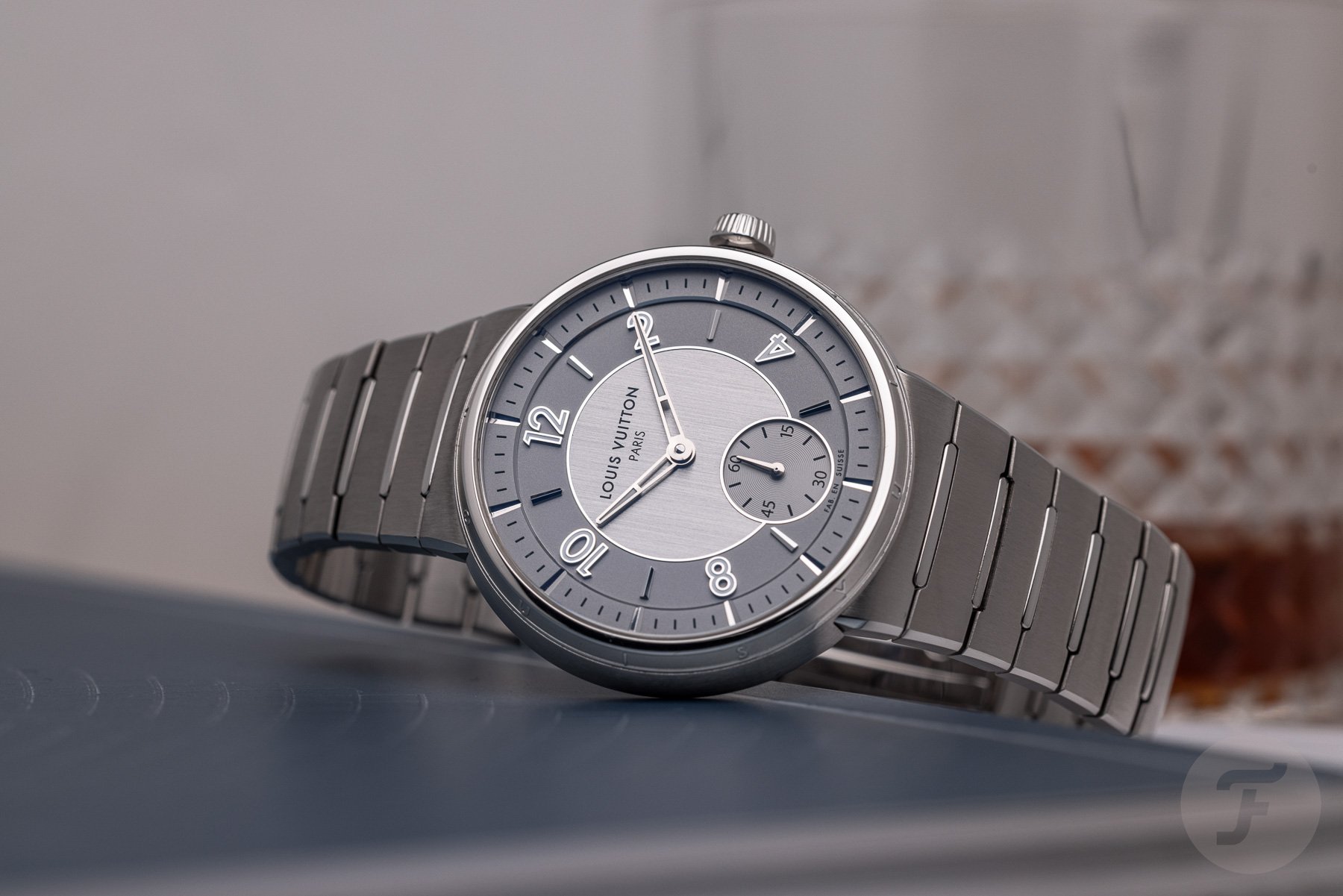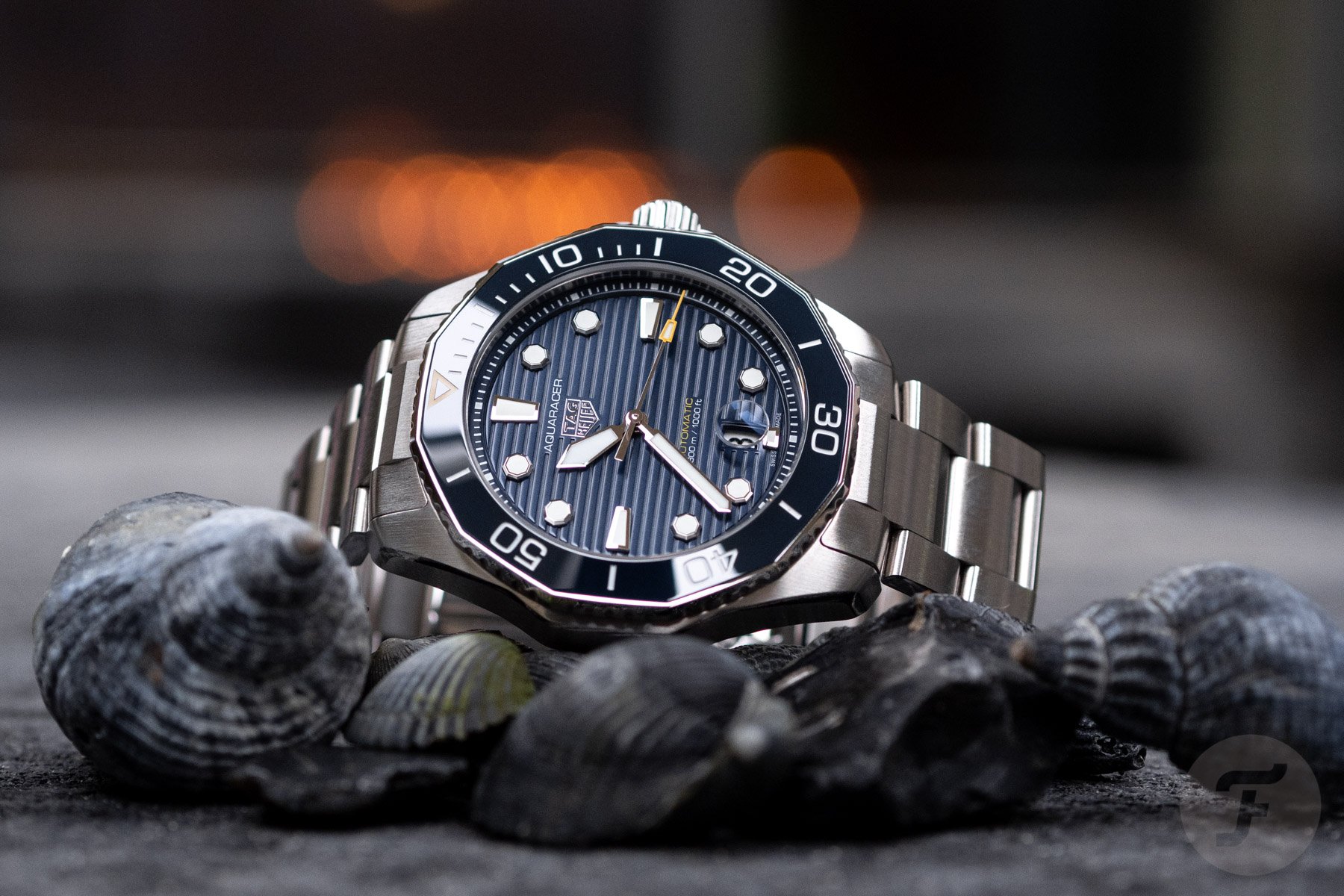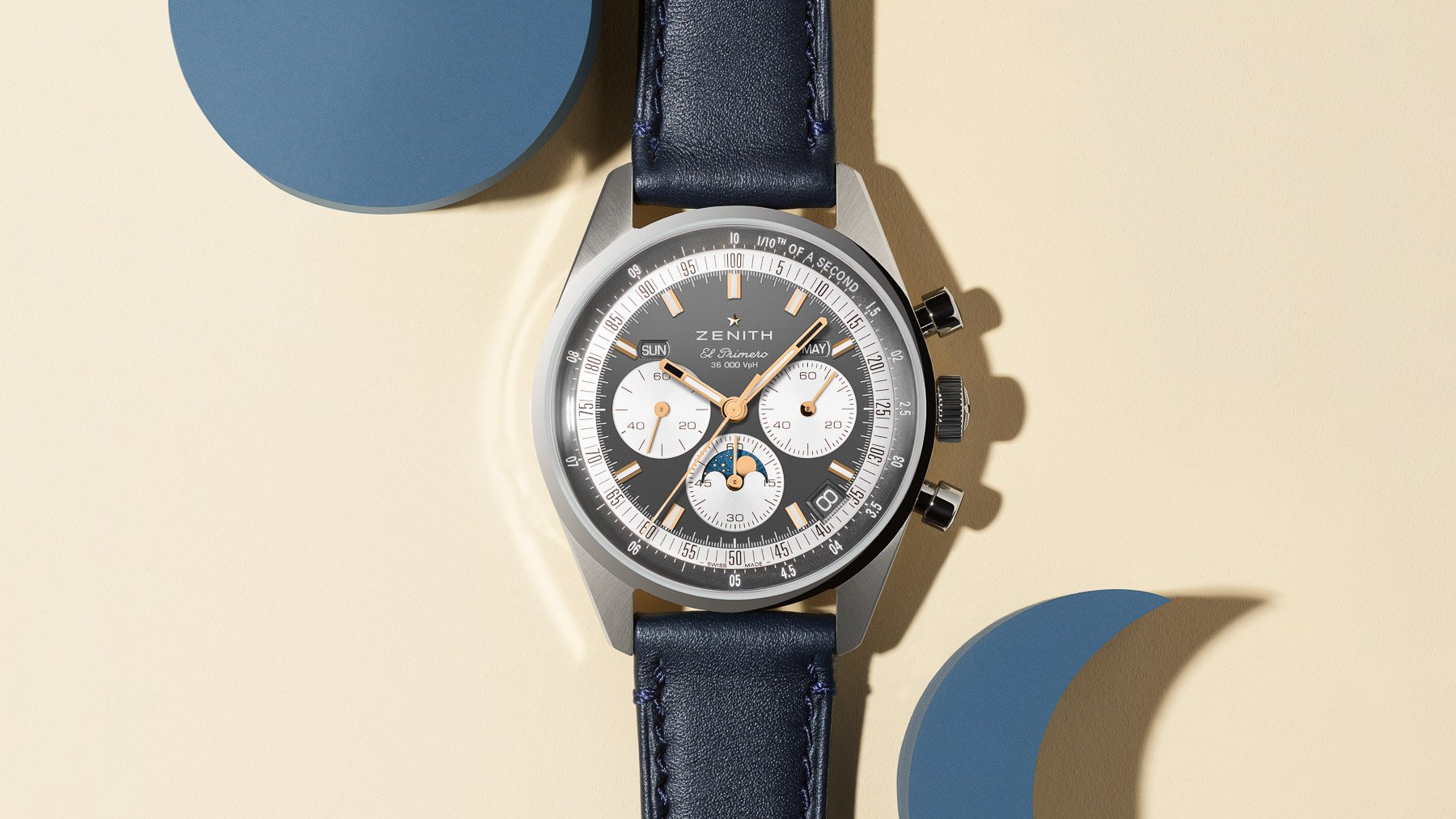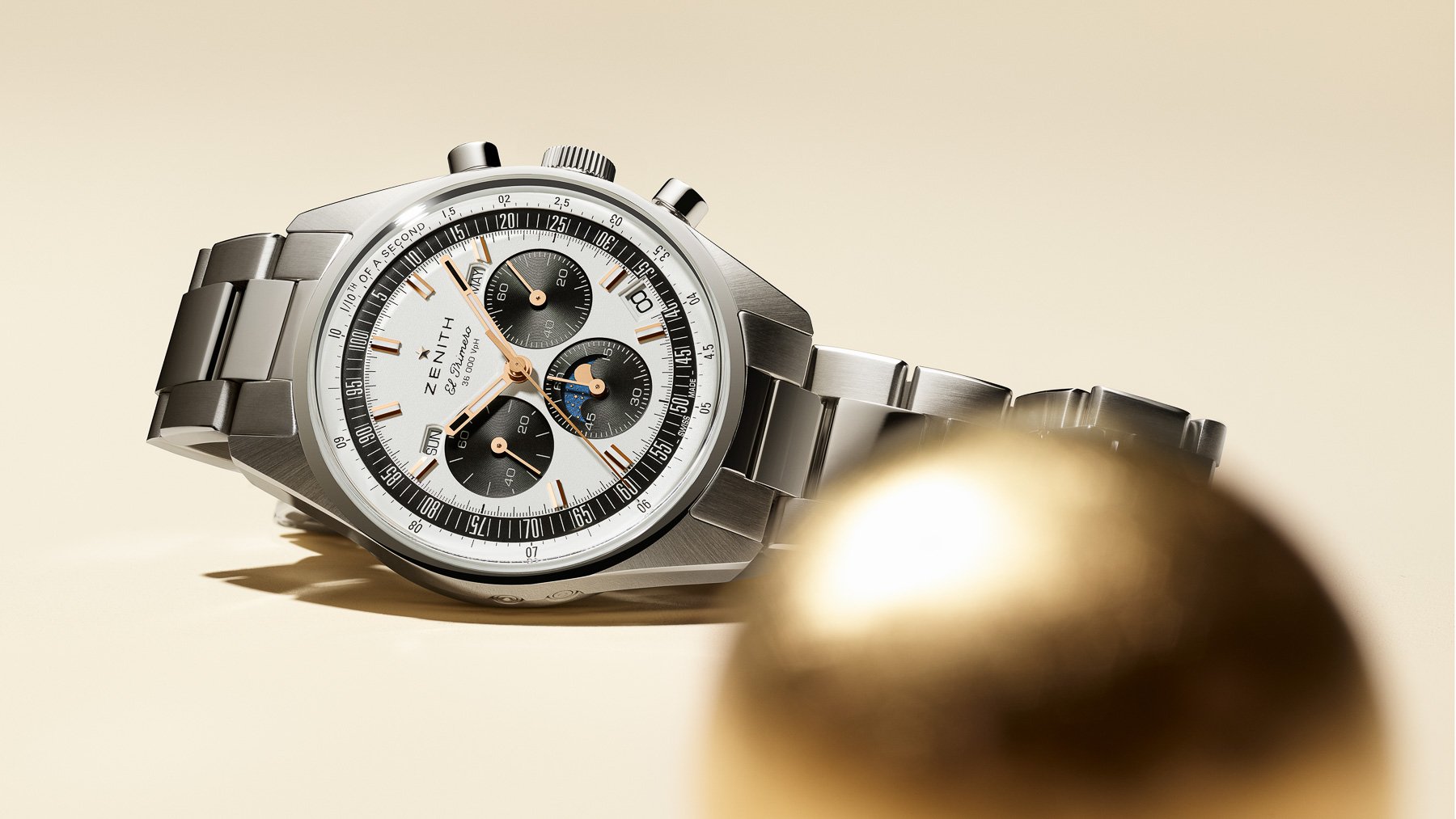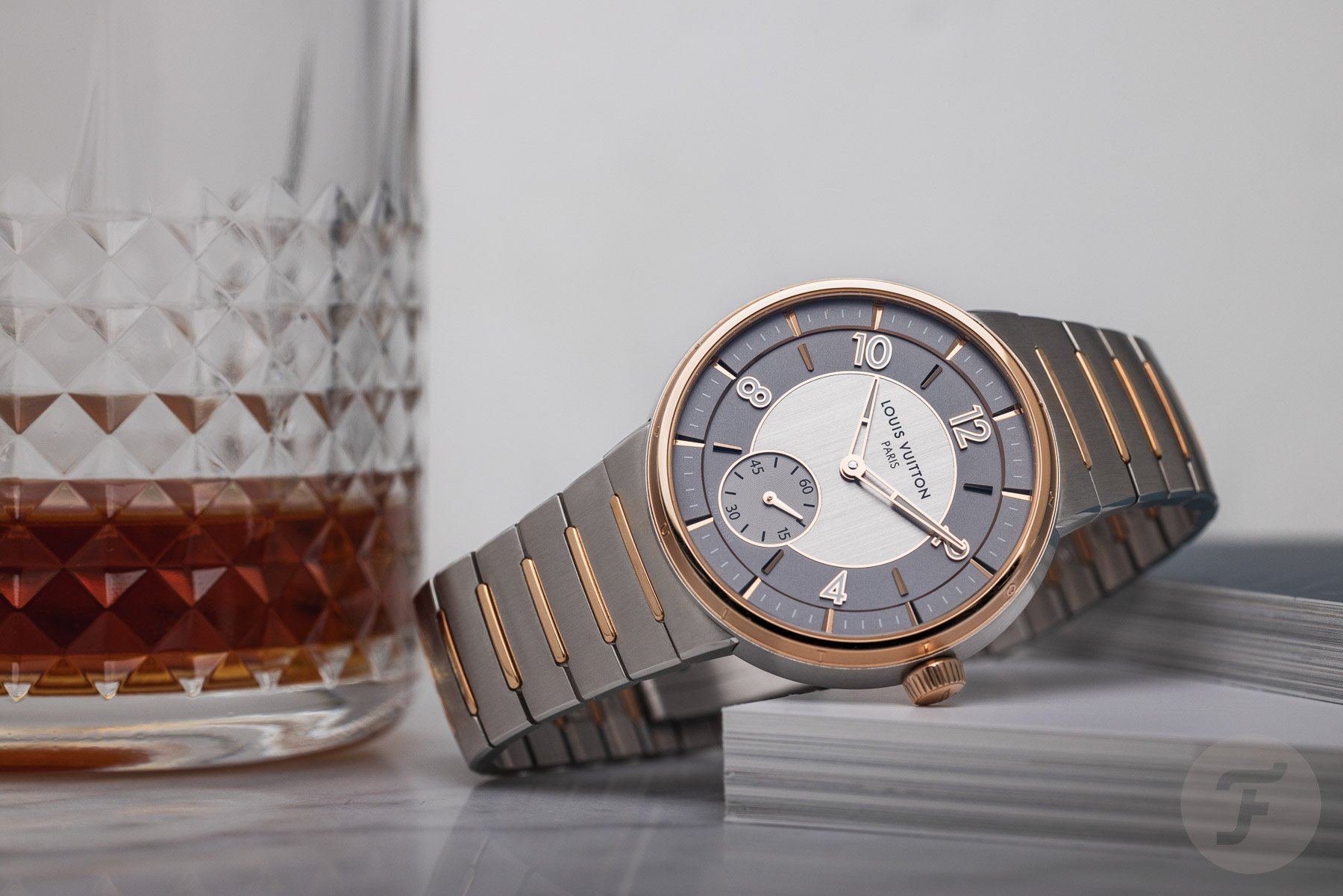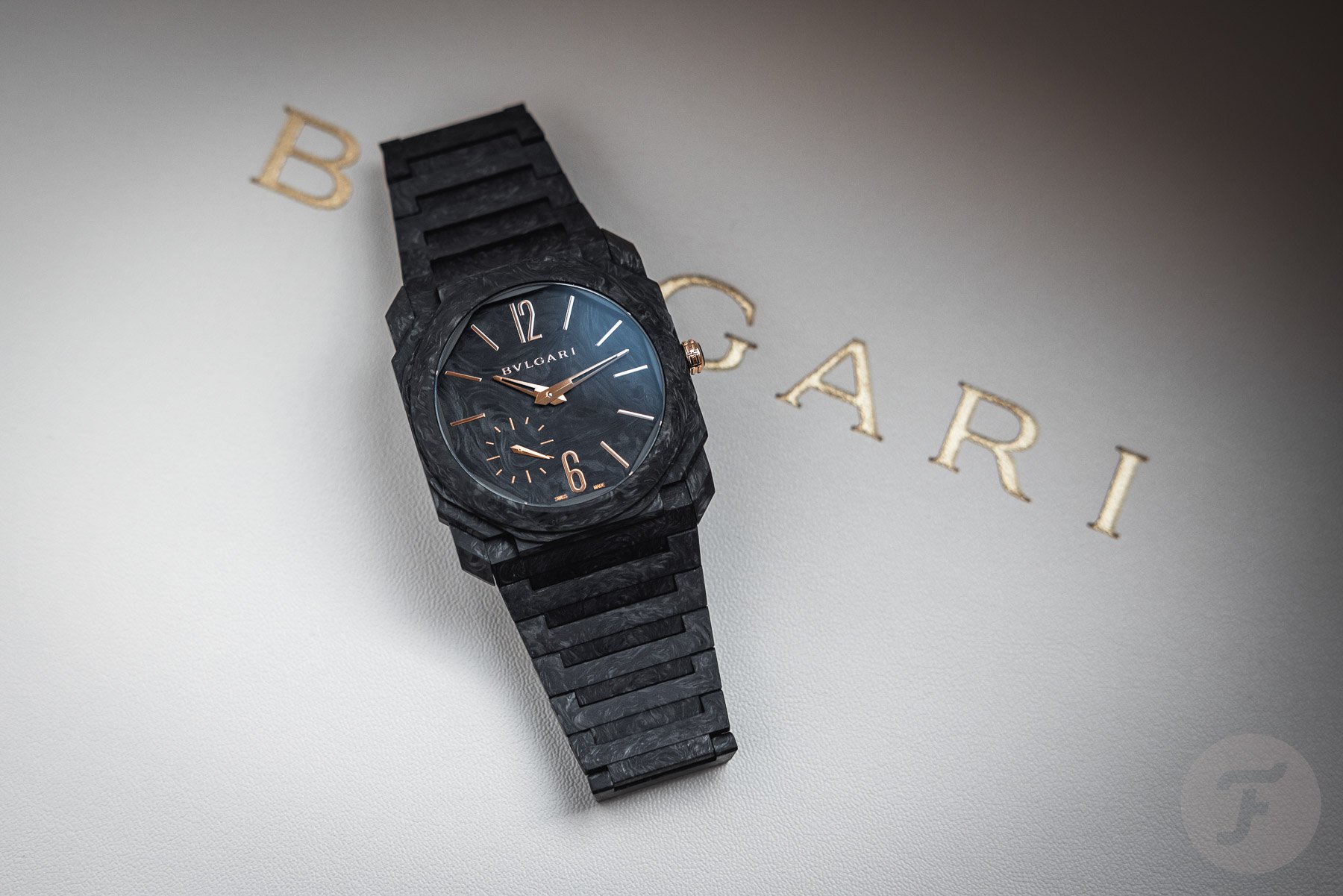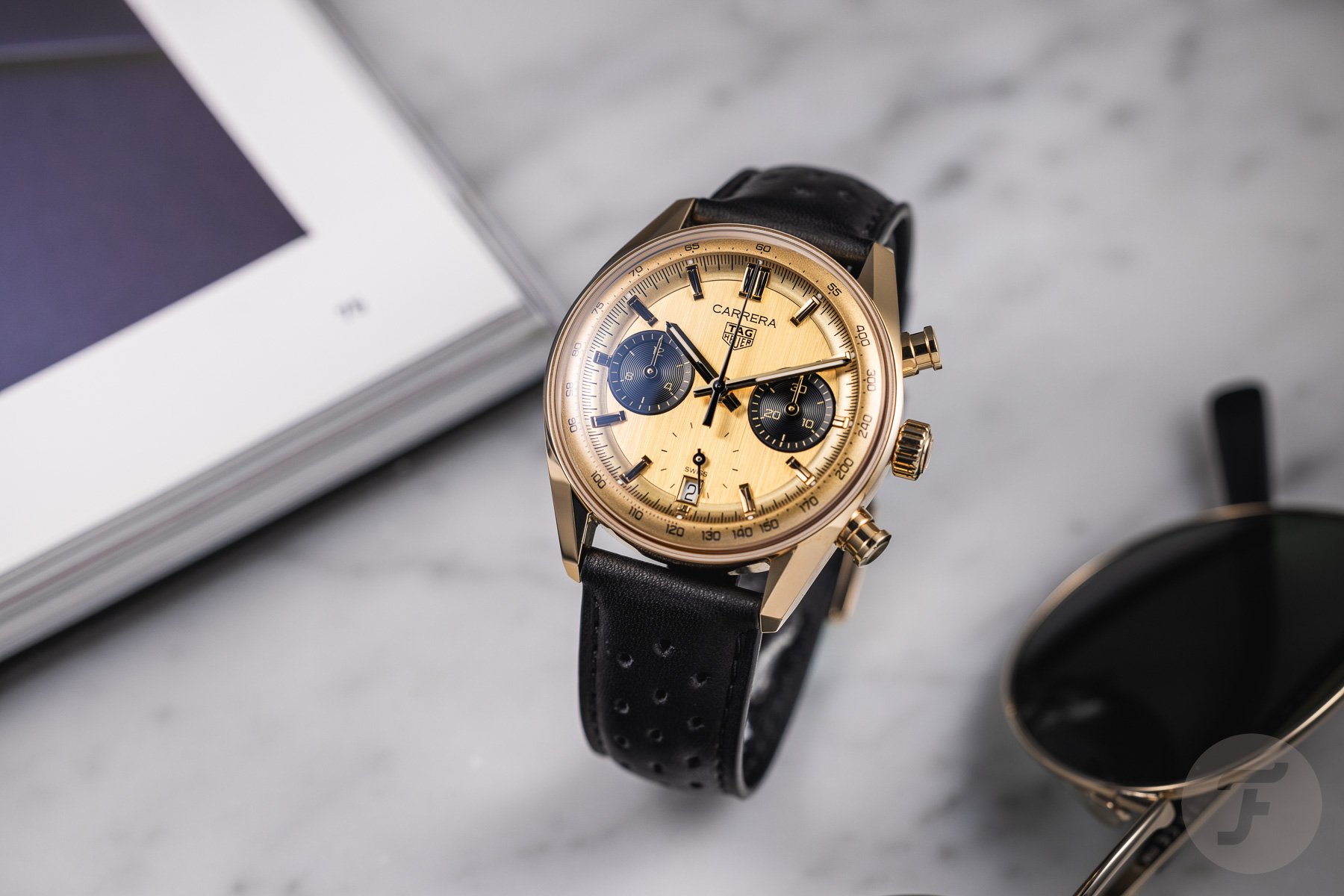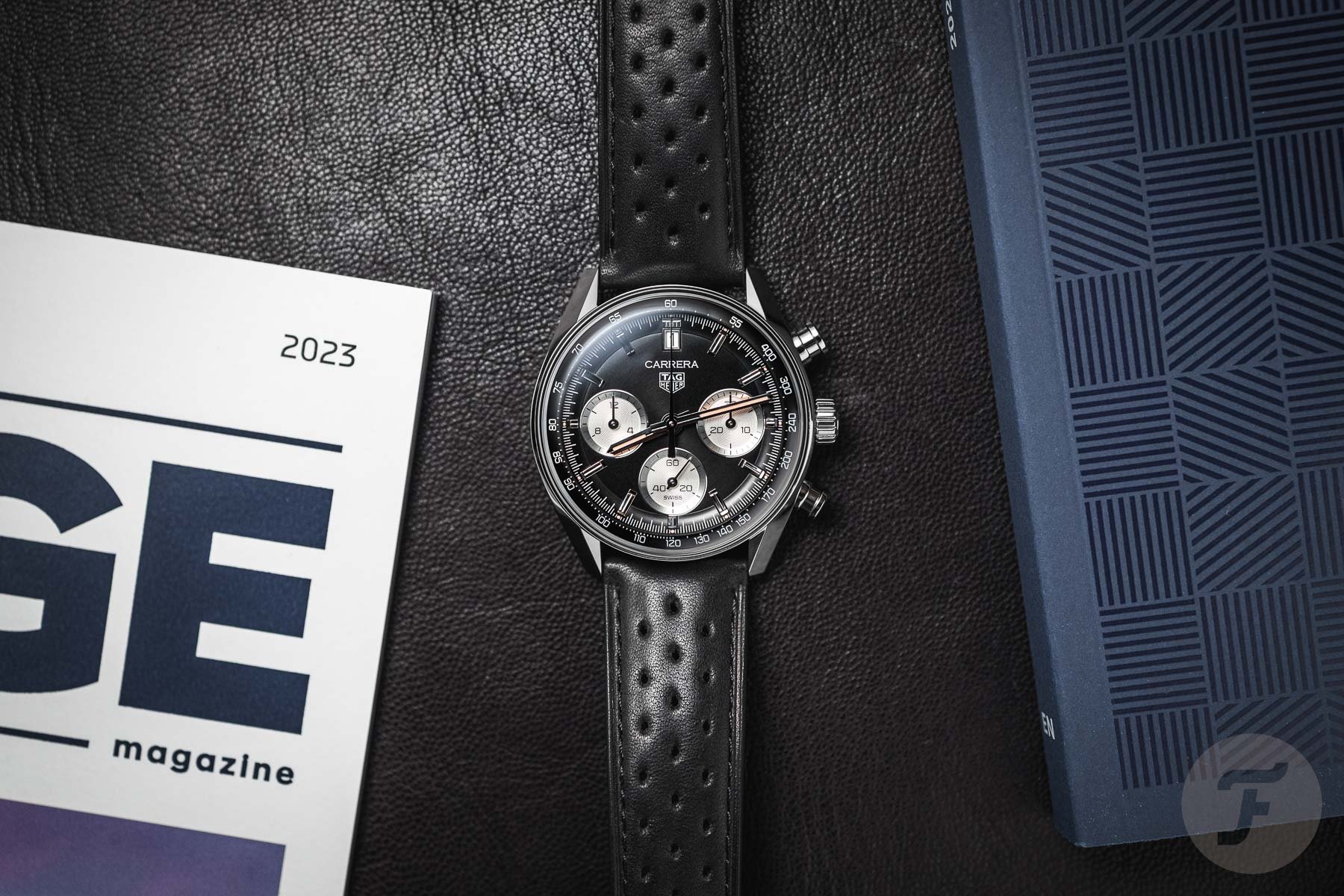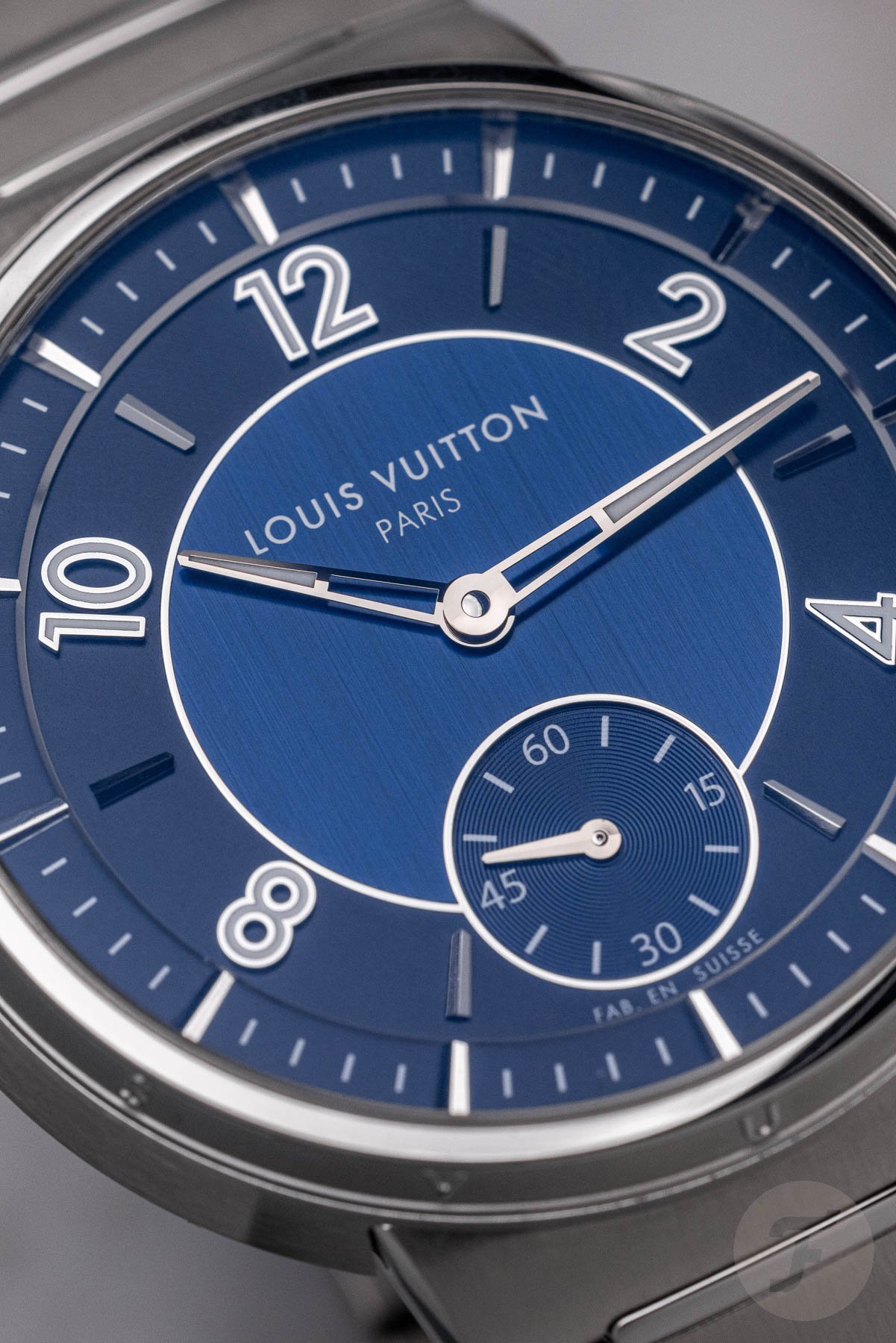LVMH Is An Unstoppable Force That’s Unlocking The Luxury Watch’s Full Potential
When Frédéric Arnault (29) became CEO of TAG Heuer in 2020 after joining the brand three years earlier, it demonstrated how much potential LVMH as a group saw in luxury watches. With him now appointed CEO of LVMH Watches in charge of Hublot, TAG Heuer and Zenith, LVMH (Moët Hennessy Louis Vuitton) has shown its hand. Luxury watches are more relevant than ever and have a huge growth potential, and the French fashion giant seems to have found a way to unlock it. With Arnault at the helm, the LVMH watch brands are going after millennials, Generation Z, and the ultrarich. They will do so using the most modern tech and by looking at the market through the eyes of current and future affluent fans of fashion and luxury, not necessarily watches.
When Frédéric Arnault was “only” 25 he took on the role of CEO at TAG Heuer. It is tempting to put the label “nepo baby” on the third son of LVMH’s founder, chairman, and CEO Bernard Arnault. But even before Frédéric Arnault started as TAG Heuer’s CEO, he had proved himself a valuable asset for the watch brand. He did so by playing a crucial role in its continuing development, especially in the field of digital strategies. He was also involved in the launch of the Connected Watch collection, a fusion of modern tech with an aura of traditional Swiss watchmaking. Later, he had a hand in the creation of the €24,750 Formula 1 × Mario Kart Chronograph Tourbillon. Do you remember that polarizing, luxury fun-watch that mixes traditional craftsmanship with contemporary pop culture and captures the “Gen Z” zeitgeist?
LVMH is unlocking the luxury watch’s full potential
Modern-day TAG Heuer offers heritage-inspired watches for purists. But it also offers sporty quartz models for budget-conscious consumers taking their first steps into the luxury universe. In addition, the brand offers what you could call “in-fashion watches.” These are the results of collaborations with other brands, artists, and designers, and watches that embrace, for instance, cartoon figures and other elements from pop culture, like video games. These watches appeal to those in search of luxury and who have plenty of money to spend finding it. It is precisely that category of people that LVMH’s watch brands, not just TAG Heuer, are after. This significantly large and affluent audience is creating a new and healthy revenue stream. LVMH’s watch division is making a serious push to conquer more ground on the global luxury map. And it’s doing so with a plethora of new, higher-priced, and therefore more exclusive and profitable timepieces.
Brands like Zenith, Hublot, and Bvlgari, the last of which produces both watches and jewelry, are important elements of the upscale strategy, and so is Louis Vuitton as a luxury watch brand. These brands are used to bringing innovative luxury products to the market that are both en vogue and have a foundation in age-old artistry and craftsmanship. The luxury watches in the combined LVMH brand portfolio are marketed through a multitude of channels. Digital ones are the most important, and they are where the group’s online strategies pay off. LVMH has invested heavily in online marketing and building robust digital platforms to improve customer interactions and sales.
A millennial knows what “Zoomers” want
LVMH watch brands have been very active when it comes to online marketing campaigns and social media presence over the last few years. Through the use of influencers, digital storytelling, and interactive campaigns, the brands have aimed to build a connection with consumers. The communication went way beyond traditional advertising methods and helped to forge a bond. The idea is to create a community around a brand in such a way that it engages customers and makes them feel like part of the bigger (his)story. Potential clients are reached, engaged, and captivated online and taught about the sustainable qualities of the brand, its heritage, and its exclusive products. The combination leads to an image of timeless and luxurious sustainability. And that image is considered very relevant by Gen Z, for instance.
Frédéric Arnault is not a Zoomer, by the way, but just barely a millennial. If he had been born one year later, he would have been Gen Z. “So what?” you ask. Well, the man who is now CEO of LVMH Watches once worked in Facebook’s Artificial Intelligence Research department. In other words, Frédéric Arnault, the young professional who also managed TAG Heuer’s smartwatch activities and later worked as the brand’s Chief Strategy and Digital Officer, knows what’s going on in the off- and online world in which millennials (1980–1995) and Zoomers (1996–2012) set the tone. He sees a world in which the sales of luxury watches are expected to grow as global wealth increases and Gen Z and millennials become more interested in high-end mechanical watches.
Generational driving forces
According to research firm IMARC Group, sales of luxury watches worldwide are estimated to reach around US$30 billion this year. What’s more, they’re expected to continue to grow, exceeding US$37 billion by 2032. A global wealth increase and Gen Z and millennials who are becoming more interested in high-end mechanical watches are the driving forces behind this growth. LVMH’s jewelry and watch division posted sales of US$11.8 billion in 2023, a 7% increase in organic growth. Analysts estimate that sales of the three brands that are now under Frédéric Arnault’s reign — TAG Heuer, Hublot, and Zenith — reached sales of about US$2 billion last year.
Frédéric Arnault knows the exact figures, and he must also know of a 2022 report from Deloitte. The report shows that 23% of Zoomers favor and wear traditional/luxury watches instead of mass-produced smartwatches. The report also points out that 33% say that owning a luxury watch has become more important to them in the last few years. Using digital means to a mechanical end is what it’s all about, and Frédéric Arnault is an expert at that. But does Gen Z in general care about the watch itself, or is it about something else?
Is it really about the watch?
For watch fans, it’s all about the technical aspects and history. Their love is for the product itself. However, growing numbers of new luxury watch owners are not interested in the technical aspects, the roots of the watch, who designed it, etc. Instead, they’re fans of luxury items, and the watch is “just” one aspect that reflects their luxurious lifestyle. This is an affluent clientele who is open to being influenced by brands, celebrities, collaborations, trends, and so on. I say “open to being influenced” because extensive online research, which includes seeking out trusted reviews from external parties, is part of the buying process. That motivates brands to seek out partnerships with digital influencers, but they must handle these partnerships with more care than ever before. The connections between brands and influencers must be transparent and authentic for them to have a (sales) effect.
Millennials are more or less responsible buyers of affordable, exclusive watches. They perceive a watch as a symbol of high status, and it should be exclusive and stand out from the crowd while also being recognizable as an exclusive, luxury item. Deloitte wrote in a report that millennials are highly attracted to high-end Swiss watch brands. The firm’s research also reveals that millennials favor luxury mechanical timepieces over digital smartwatches if given CHF 5,000 to spend on a watch. Another survey shows that millennials will pick a luxury mechanical watch over the latest smartwatch. Not only that, but they will also do so every year for the next decade. Zoomers might still make up a very small portion of luxury watch brands’ client bases, but they’re also developing a fascination with luxury watch brands by learning about them online.
Other targets in LVMH’s scope
Last month, during LVMH’s Watch Week in Miami, the different watch brands’ CEOs said that, despite fears of recession and rising interest rates, 2024 is already showing signs of becoming a stronger year than 2023. The wealthy seem unaffected and operate accordingly. For a brand and also a group to thrive, focusing on a future audience and a current one that consists of “super spenders” is a logical strategy. And that group includes VIP connoisseurs, scrutinizing collectors who are more than happy to shell out on the highest levels of craftsmanship, artistry, and quality — LVMH has the Daniel Roth Tourbillon Souscription and/or the Gérald Genta Mickey Mouse watches on offer for them. One of the most important forces behind the growth of the LVMH watch brands was the revenue from high-end models, so why not optimize and further build on that strategy?
The increased activities at La Fabrique du Temps, LVMH’s source for complicated movements, are clear indications that the only way for the group is up. It seems that the launch of the revamped Louis Vuitton Tambour, a high-end sports watch with an integrated bracelet, indicates this too. With it came the announcement that Louis Vuitton would axe 80% of its watch portfolio, including a lot of quartz watches, in favor of mechanical watches and high-horology timepieces.
Cherish your roots
Aiming at the ultrarich also implies the neglect of entry-level watches, the very segment in which many watch fans shop. But with brands focusing on catering to the upper echelons, they might be less interested in making watches for people who are gradually losing touch with brands that they used to buy from. Because of this, there is a danger of brands losing touch with their origins. Why develop, for instance, a €3K dive watch that upholds a long history of diving instruments and appeals to watch fans in the know when the real money is to be made from limited editions in precious metals? Try explaining the former plan to the shareholders…
Still, the luxury watch brands of today most often have a history rooted in instrumentality and functionality. That history has created an image. Although a brand can alter and uplift its image, it must do so with great caution and care. If done sloppily, the affluent Gen Z clients who do their research online might stumble upon things that cannot mesh with the image (and high prices) of today.
Mining the past responsibly
The dynamic luxury market demands novelties, and that must be a great source of pressure for watch brands. It leads them to launch watches with, for instance, dials in all colors of the rainbow and cases in all possible exotic, high-tech materials. But while an oversized pilot’s watch in a sapphire case with a perpetual calendar and a blood-red dial might seem like a profitable business idea, it might not be such a good one for the carefully and organically created brand image. The pressure to keep clients engaged can lead to rash, bad, and overly opportunistic decisions. But Zenith, for instance, has shown that it uses its past wisely and strategically.
The new Chronomaster Triple Calendar, for instance, is a triple-calendar/moonphase chronograph based on a rare prototype El Primero watch from 1970. This 38mm watch speaks to purist watch fans. At the same time, though, it’s also interesting for newcomers. And with a starting price of CHF 12,900, it’s also economically interesting (for the brand). It shows Zenith slowly moving into a higher price category while interacting with a large group of potential new clients through its digital channels. At the same time, the brand is also cultivating its historical identity.
The LVMH trump cards
When comparing LVMH to other groups that own watch brands, the French conglomerate has an important trump card. The brands in LVMH’s portfolio produce almost every luxury item imaginable. Yes, Richemont, owner of watch brands like Vacheron Constantin, Jaeger-LeCoultre, and also French luxury icon Cartier, also owns brands like Chloé (fashion) and Delvaux (the oldest company for fine leather luxury goods in the world). But Richemont’s 21 maisons are no match for the 75 under LVMH ownership.
And then there’s Swatch Group, a conglomerate with 17 watch brands under its umbrella. These range from accessible to high-end brands. Swatch Group sticks to producing watches exclusively, while LVMH is a luxury conglomerate of 75 brands, a few of which produce watches. You could argue that all that experience and knowledge about every possible luxury front is helpful when it comes to selling high-end watches. Arguably, it makes analyzing spending behavior, finding patterns, and composing models for the future easier.
Sustainability, a new luxury standard held by many modern-day consumers, has also become a part of the LVMH strategy. The group committed to using traceable and responsibly sourced materials and implementing sustainable business practices in its manufacturing processes as well. On top of that, LVMH managed to integrate the digital world with physical luxury products. And finally, there’s the ambition of the second generation of highly competitive Arnaults. Bernard Arnault has put Frédéric and his siblings in crucial leadership positions within LVMH. Having ambitious Arnaults in key positions is a factor that cannot be underestimated.
Key figure
The story started with Frédéric Arnault and LVMH unlocking the luxury watch’s full potential, and it will end with it. Frédéric Arnault is indeed a key figure in realizing LVMH’s ambitious plans. He is to give the traditional Swiss watch brands under LVMH’s care a glorious future. So far, he has identified significant changes in the way consumers move in the luxury market and realized that the luxury industry had to respond accordingly.
TAG Heuer did so by introducing connected watches. But the brand also gave us a 39mm vintage-inspired Carrera Automatic Chronograph in solid gold. And if that wasn’t diverse enough, TAG Heuer also released an avant-garde tourbillon full of lab-grown diamonds. This shows that Arnault, as a young CEO, can effectively link technological progress and a fresh look at traditional business models that seem essential for both current and future success.
In the increasingly competitive and rapidly changing world of luxury goods, companies face the need to continually innovate and differentiate themselves. LVMH, with its exceptionally broad portfolio of luxury brands, also has to keep moving. But because of its size, diversity, and dynamic leadership, it seems to be moving ahead of the competition, and the watch brands are an important part of LVMH’s strategy to continue leading the market. The French fashion giant is showing some Swiss watchmaking brands and groups how it’s done. LVMH seems to have found a way to unlock the luxury watch’s full potential. With Frédéric Arnault at the helm, the LVMH watch brands are going after millennials, Generation Z, and the ultrarich. And they’re going to get them because, for Arnault, failure is not an option.


